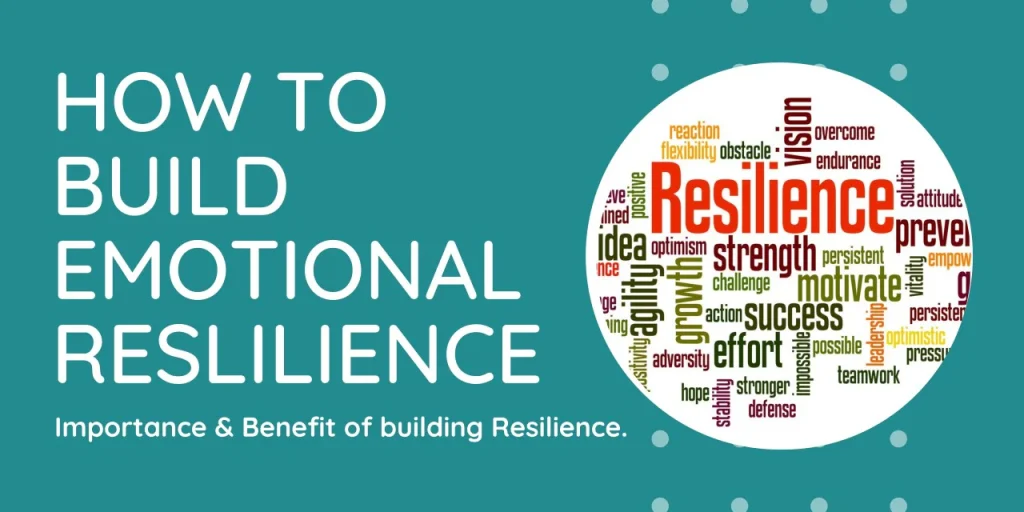
Emotional resilience – the ability to adapt to stressful situations and bounce back from adversity – isn’t an innate trait but a set of skills that can be developed. Research from the American Psychological Association shows that resilient individuals experience 43% less psychological distress during difficult life events. Here’s how to cultivate this crucial capacity.
The Pillars of Resilience
Psychological studies identify four key components:
- Self-awareness: Recognizing emotions as they arise
- Self-regulation: Managing emotional responses effectively
- Mental agility: Flexible thinking in the face of challenges
- Optimistic realism: Balancing hope with practical assessment
Building Your Resilience Toolkit
Practical strategies backed by research:
- Cognitive reappraisal: Reframe challenges as opportunities for growth
- Stress inoculation: Gradually expose yourself to manageable stressors
- Support networks: Maintain 3-5 close relationships you can rely on
- Purpose cultivation: Connect daily actions to larger meaning
The Role of Lifestyle Factors
Physical health significantly impacts emotional resilience:
- Regular exercise increases stress tolerance by 29%
- Adequate sleep improves emotional regulation
- Omega-3 fatty acids support neural plasticity
- Mindfulness practice thickens the prefrontal cortex
Resilience in Action
When facing adversity, resilient people:
- Focus on what they can control
- Break problems into manageable pieces
- Draw lessons from difficulties
- Practice self-compassion
A 2023 study in the Journal of Positive Psychology found that just 6 weeks of resilience training produced measurable changes in brain structure and function. Like building physical strength, developing emotional resilience requires consistent practice but pays lifelong dividends.



